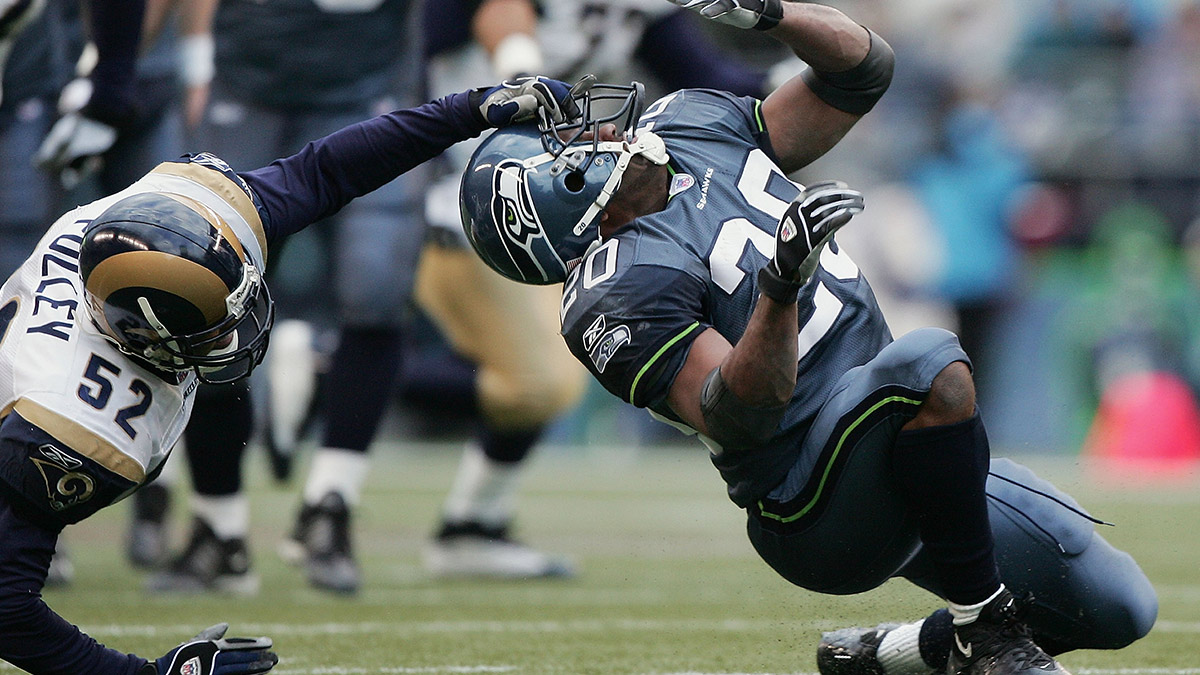US rate hikes in… 2022? Why changing liquidity is the ‘next big issue for markets’

Pic: Jed Jacobsohn via Getty
The US Fed largely stayed on course with previous guidance in last night’s all-important policy meeting.
Markets approved, as the S&P500 posted its first winning session in five days while the ASX has made a steady start in morning trade.
In their assessment of the meeting, CBA analysts brought their timeline for the next US rate hike forward — from March 2023 to December 2022.
And as the Fed looks to embark on an orderly unwind of post-COVID stimulus, changing global liquidity is the “next big issue for markets”, T.Rowe Price says.
Powell’s vow
It was quite a vow, but US Fed chair Jerome Powell confirmed all the pieces are still in place for the bank to commence the taper of its bond purchase program in November.
The Fed currently buys around US$120bn of US treasuries and other securities per month.
“We now anticipate the FOMC will taper by US$15bn/mth and finish in July 2022,” CBA said.
Powell said key indicators for the jobs market are all tracking in the right direction.
In that context, analysts said all that’s required now is a solid (not spectacular) jobs report in September to confirm November as the start date.
There were also some interesting nuances of last night’s meeting concerning the rates outlook.
The Fed’s ‘dot plot’ builds out a median view on the timeline for the next rate hike, by ‘plotting’ the individual expectations of each of the bank’s 18 committee members.
Back in June, only seven officials forecast a rate hike as early as 2022. This time, that number crept up to nine, resulting in a 50/50 split.
CBA analysts Kim Mundy and Joe Capurso side with the ‘rate hikes in 2022’ camp (December next year).
And they expect inflation will continue to be a key talking point in markets, with US CPI climbing through the middle of this year.
“We see a growing risk that US inflation will prove more persistent than the FOMC expects,” the pair said.
Many Fed members — including Powell — still view many catalysts of 2021 inflation as transitory.
But CBA reckons existing wage growth data suggests the Fed is already closer than it thinks to a max-capacity jobs market.
Regardless of the outlook for inflation, the Fed’s latest meeting confirms that liquidity (from monetary policy) is now starting to tighten at the edges.
And in their latest assessment of Australian stocks, T.Rowe Price analyst Randal Jenneke said it’s now the key trend to watch.
“Tapering is coming and the credit impulse of the world’s three largest economies is already negative,” Jenneke said.
And looking ahead, he said there’s the potential for more volatility in store as companies look to drive earnings growth in an environment of “diminishing government and central bank support for markets”.
UNLOCK INSIGHTS
Discover the untold stories of emerging ASX stocks.
Daily news and expert analysis, it's free to subscribe.
By proceeding, you confirm you understand that we handle personal information in accordance with our Privacy Policy.








